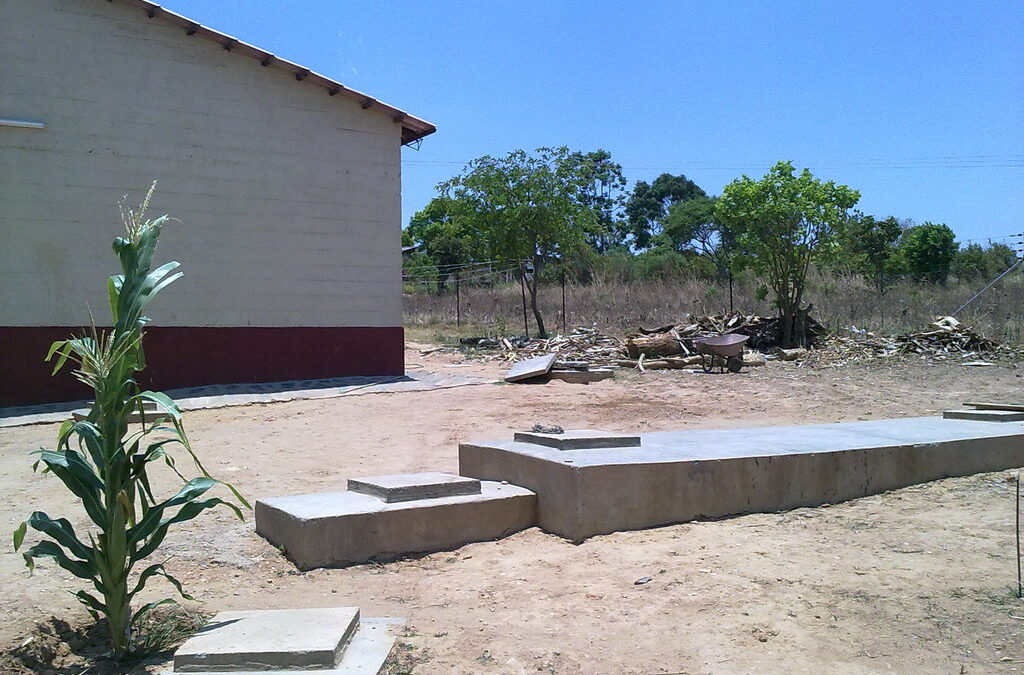Modern day plumbing has played a huge role in making each one our lives more comfortable. By regulating the sewage and waste water, we are able to prevent the spread of harmful diseases. Plumbing systems remove all unwanted materials and provide us with clean drinking water. In order for us to drain waste water from commercial or residential buildings, generally two ways are utilized. Structures are either linked to the municipal sewage systems or they are connected to a septic system. A septic tank collects the sewage and through bacterial decomposition it treats it in an underground location. For the septic system to perform well, the tank must be made from the right materials depending on the usage pattern. Given below are the pros and cons of various materials used to build the tank.
Septic Tank made of Fibre glass or Plastic
Plastic tanks are also referred to as poly tanks as they are made from polyethylene plastic. Fiberglass on the other hand is plastic reinforced with glass fibers which makes the material much stronger than ordinary plastic. Both these materials are light in weight and free of corrosion or rust hence are easy to handle and installation is quick.
- Pros of using plastic or fiberglass tank
- Extremely economical and budget friendly
- Easier to install or handle even at a later stage
- Most resistive to chemicals in the surrounding
- Resistive to cracking
- Corrosion or rust proof
- Fiberglass has high durability
- Cons of using plastic or fiberglass tank
- Lightweight material can bulk and deflect if heavy equipment moves above ground directly on top. This may lead to tank bursts due to high pressure.
- Under critical conditions, these tanks get damaged easily.
- If tank is very near to the water table, chances are it will start floating and get shifted. This can damage the inlet and cause massive spills.
Septic Tank made from cement concrete
These are massive tanks that are casted beforehand and shipped to the location for installation. Due to the nature of the material, their density is much higher than that of water hence it renders them good against any buoyant forces that might be effective around that area. These will never float or shift due to presence of water. The strength of cement concrete also increases gradually with time hence these have been proven to stay for long periods of time. There are two types of concrete tanks all-in-one systems and single structure tanks.
- Pros of using cement concrete
- Very long lifespan means that they will survive for decades at a time.
- Heavy weight and resilient to buoyant forces
- These tanks are not damaged by heavy machinery or equipment loaded above ground
- Devoid of any corrosion or rusting.
- Cons of using cement concrete
- Compared to other type of materials, these tanks can be costly.
- Repairing is hard if the tank becomes damaged.
- Damaged tanks lead to cracks which discharges the effluent into the surrounding area underground
- The installation is a mighty task and complexities are huge.
The septic tank is the most important element of your sewage system. All the treating and curing of waste and sewage takes place inside it. The multiple chambers inside the tank make it possible for the waste to break down and become less polluting than before. It is important that regular check-ups are carried out and you utilize professionals to get the tank leaned regularly. This will not only increase the life of your septic system, but will also prevent any harmful effects a damaged system might have to the water table around you.
Related posts

Recent Posts
- The Future of Automotive in the UK: Trends Driving Industry Evolution April 23, 2024
- The Future of Rummy: Trends and Predictions April 16, 2024
- 6 Questions to Ask Your Hardwood Flooring Installer March 28, 2024
- Inside Rinat Akhmetov Foundation’s Blogger Camp for Ukraine’s Young War Survivors February 29, 2024
- Driving Success: Exploring the Benefits of Golf Simulators for Businesses February 23, 2024
- UNLOCKING EFFICIENCY: YOUR GUIDE TO INDUSTRIAL EQUIPMENT MAINTENANCE November 8, 2023
- SELECTING THE RIGHT PUMP MATERIAL: FINDING THE PERFECT FIT FOR YOUR APPLICATION October 27, 2023



Stay connected